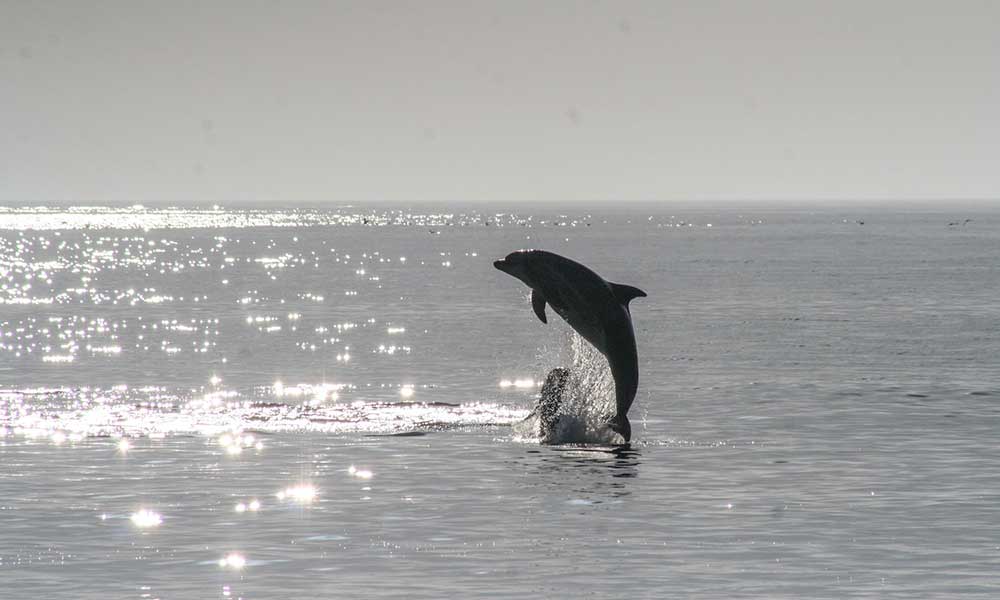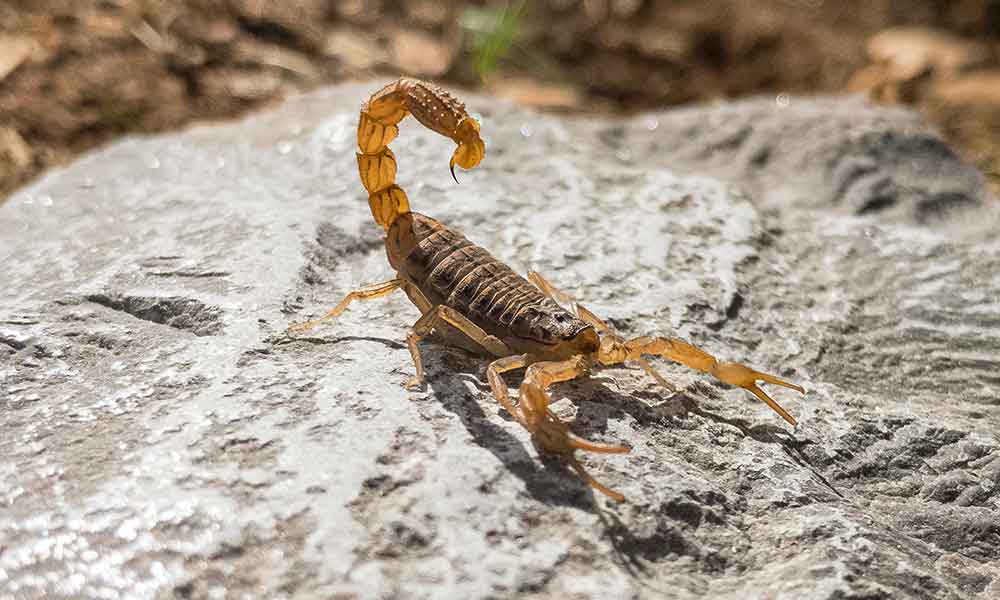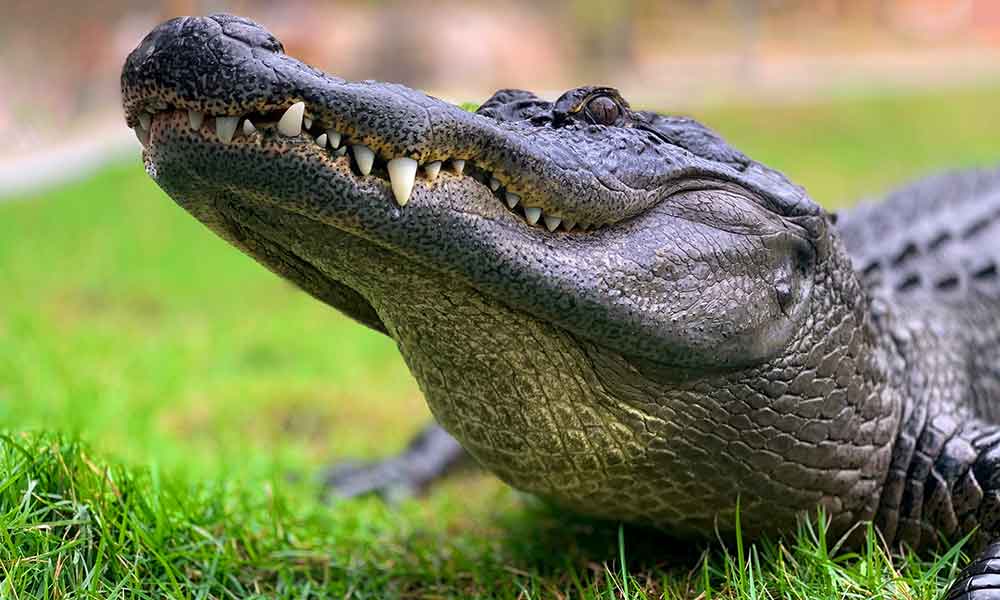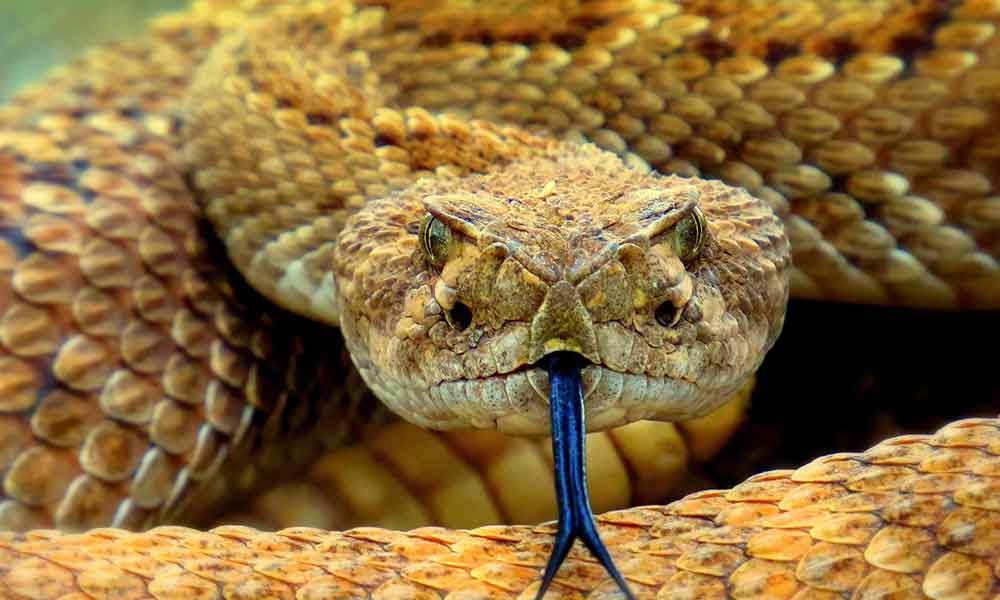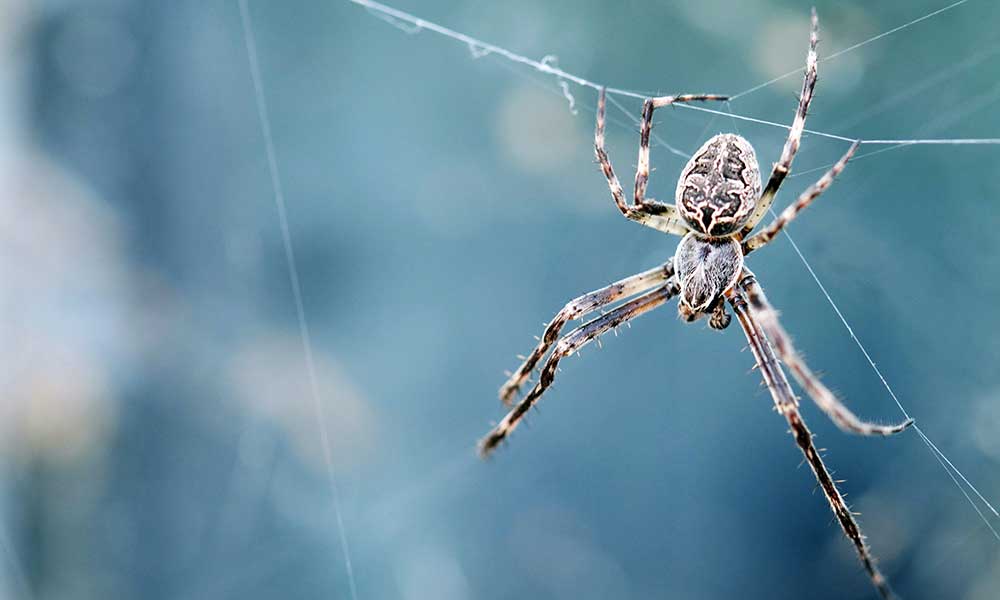How does a bottlenose dolphin differ from a common dolphin?
Are these creatures mammals or fish?
Do they have any predators to worry about?
And what do dolphins think about sharks?
These are some of the most commonly asked questions about dolphins, but they’re just scratching the surface.
In the following guide, we’ll answer all of the above and so much more as we cover some fascinating (and surprising) facts about dolphins.
If you are interested to learn about the different types of dolphins, we have you covered.
1. Are Dolphins Mammals?
Although dolphins live in the sea and have some fish-like qualities, they are mammals.
They fall under the order “cetacean”, which also covers whales and dolphins, and are thought to share a common ancestor with the hippopotamus.
So, what makes dolphins different from fish? Well, for one thing, they breathe using lungs and not gills.
Dolphins breathe through their blowholes and must visit the surface to breathe the oxygen.
They are also warm-blooded and, more importantly, they give birth to live young.
You may be surprised to learn that dolphin calves have hair on their rostrum (the beak area), potentially indicating that they are related to land mammals.
2. What Do Dolphins Eat?
Like all cetaceans, dolphins typically subsist on a diet of fish and shrimps, as well as squid, jellyfish, and octopuses.
The type of fish that they eat will depend on the breed of dolphin.
For instance, bottlenose dolphins often feed on mackerel, catfish, crabs, and shrimp, although it also depends on where they live and what’s available at the time.
3. How Do Dolphins Sleep?
Dolphins often sleep by laying on the surface of the water, where they are able to breathe freely. In shallow waters, they may also sleep on the seabed, although in such cases they must rise to the surface to take regular breaths.
Dolphin sleep is a little different from human sleep, though.
It’s not an unconscious act, which means they can’t drift into an unconscious sleep and rely on their bodies to do the work.
As a result, only half of a dolphin’s brain will sleep at any given time, with the other half ensuring that the blowhole keeps working while watching for predators.
4. Are Dolphins Smart?
Dolphins are incredibly smart creatures.
Researchers have been studying them for years (both in the wild and in captivity) and have discovered that they have a basic grasp of problem-solving and can learn complex tricks.
Some of the most interesting studies on dolphin behavior have shown that they engage in “complex play” and other creative behavior.
In the 1980s, researchers in Australia even observed dolphins using pieces of sponge to protect their beaks before they went digging for food.
However, while dolphins are smart, their intelligence has been exaggerated somewhat over the years.
One of the most commonly searched queries relating to these animals is, “Are dolphins smarter than humans?”.
They are smart, sure, but not that smart, and you don’t need to worry about dolphins taking over the world just yet.
5. What is the Difference Between a Dolphin and a Porpoise?
Dolphins look a lot like porpoises, but there are some key differences.
Dolphins have bigger mouths and longer noses, as well as curved fins and leaner bodies.
Porpoises tend to be a little chunkier and stockier.
Both animals are cetaceans and they are also smart and playful, but once you know the differences it’s quite easy to tell them apart.
6. Are There Pink Dolphins?
The Amazon river dolphin is also known as the “pink dolphin”.
These freshwater dolphins are found throughout the Amazon and Orinoco river basins in South America and can reach up to 9 feet in length.
Also known as the “boto”, pink dolphin calves are actually born gray and develop the pink hue over time.
Males have a much stronger pink color than females and it’s thought that the color develops as a result of scar tissue. Diet and sunlight may also play a role.
The actual shade can vary considerably from animal to animal.
Some are very dull and gray with only a suggestion of pink. Others are so pink you’ll think they’ve been Photoshopped.
7. Are Dolphins Becoming Extinct?
The killer whale, also known as the orca, is a member of the dolphin family.
In fact, it’s the largest of all dolphin species, of which there are 40+.
The majority of these species are classed as “oceanic dolphins”, which means they live in the ocean.
They include bottlenose dolphins, common dolphins, and the aforementioned killer whale.
The others are river-dwelling dolphins and include the Ganges river dolphin and Amazon river dolphin.
Many dolphin species (including the Ganges river dolphin, Indus river dolphin, Hector’s dolphin, Bolivian river dolphin, and Amazon River dolphin) are listed as “vulnerable” or “endangered”, and there are just a few thousand left in the wild.
Other dolphin species (such as the bottlenose dolphin and Pantropical spotted dolphin) number in the hundreds of thousands and are classed as “least concern”.
However, climate change is having a massive impact on these creatures and is posing a serious threat to their existence.
We’ve already lost one dolphin species to the effects of industrialization and commercialization, with the Chinese river dolphin (also known as the “baiji”) becoming extinct toward the end of the 20th century.
8. How Do Dolphins Communicate?
Dolphins are very vocal creatures. If the ocean was a family gathering, they’d be your annoying cousin who knows everyone’s name, speaks a million words a minute, and can’t stop telling everyone about his new podcast.
They use a series of clicks, whistles, and body signals to get their message across.
They will leap out of the water to show off and even have their own signature whistles, which they seem to use as a means of identification.
In addition, dolphins can communicate using echolocation. They emit sounds to determine the location of fish, threats, and other dolphins.
9. Are Dolphins Dangerous?
Although dolphins have a reputation for being friendly and curious creatures, they can be aggressive as well.
They are not cuddly toys or blindly obedient dogs, and if they are angered or threatened, they might charge and “butt”.
That might not sound like a major problem, but we’re talking about a large marine mammal that can swim at speed and propel itself out of the water at force.
If you’re butted by a dolphin, you’ll know about it, and they have been known to break bones and cause serious injury.
That doesn’t mean that dolphins are evil, though. It just means that you need to be careful when swimming with them or encouraging your kids to play.
10. Do Sharks Eat Dolphins?
Sharks have been known to target injured and weak dolphins.
They will also attack dolphin calves.
However, sharks are not stupid or reckless.
Dolphins tend to stay in large groups and if a shark attacks, they will gang up on it and ram it.
That’s why sharks tend to keep their distance until they single out a weaker prey.
Furthermore, the same rules don’t apply to all dolphin species and some are bigger and more ferocious than sharks.
The orca, for instance, will actually target small sharks and have been known to kill great whites just so they can eat their nutrient-rich livers.
Most dolphins use greater numbers to their advantage.
Killer whales, on the other hand, are the ocean badasses that make great whites turn and flee their hunting grounds.
Other Quick Facts About Dolphins
If the answers above haven’t satisfied your hunger for dolphin facts, check out the following quick facts:
- A group of dolphins is called a “pod”.
- Baby dolphins are called “calves”.
- Dolphins exist all over the world, from bottlenose dolphins around the coast of the United Kingdom to river dolphins in India and South America.
- Dolphins have been known to help the sick and injured members of their pod.
- Although dolphins have teeth, they don’t chew their food. Those teeth are there for catching only—all those fish are swallowed whole.
- Dolphins have two stomachs—one for storage and the other for digestion.
- Dolphins can dive up to 1,000 feet deep.
- Dolphin skin is delicate but it heals quickly.
- A dolphin’s eye is adapted for perfect underwater vision and is comparable to many terrestrial animals.
- The two-tone common dolphin is the most abundant but gray bottlenose dolphins are the ones that most people think of when they picture dolphins. This is likely because bottlenose dolphins are more frequently used in films and TV shows (including Flipper).
Summary: Facts About Dolphins
Dolphins are fascinating and beautiful creatures that have played an important role in human history.
Many ancient civilizations associated them with angels and reincarnated humans, seemingly believing that their friendly nature and willingness to interact was the result of some godly or otherworldly nature.
Dolphins played a major role in Greek mythology and were actually depicted in Minoan murals dating back thousands of years.
In modern times, you’ll find “swimming with dolphins” on countless bucket lists, with entire companies, resorts, and even cities built off the back of dolphin-based experiences.
It’s fair to say that we’re a little obsessed with these creatures, and as you can see from the fascinating facts in this guide, every bit of that obsession is justified!

